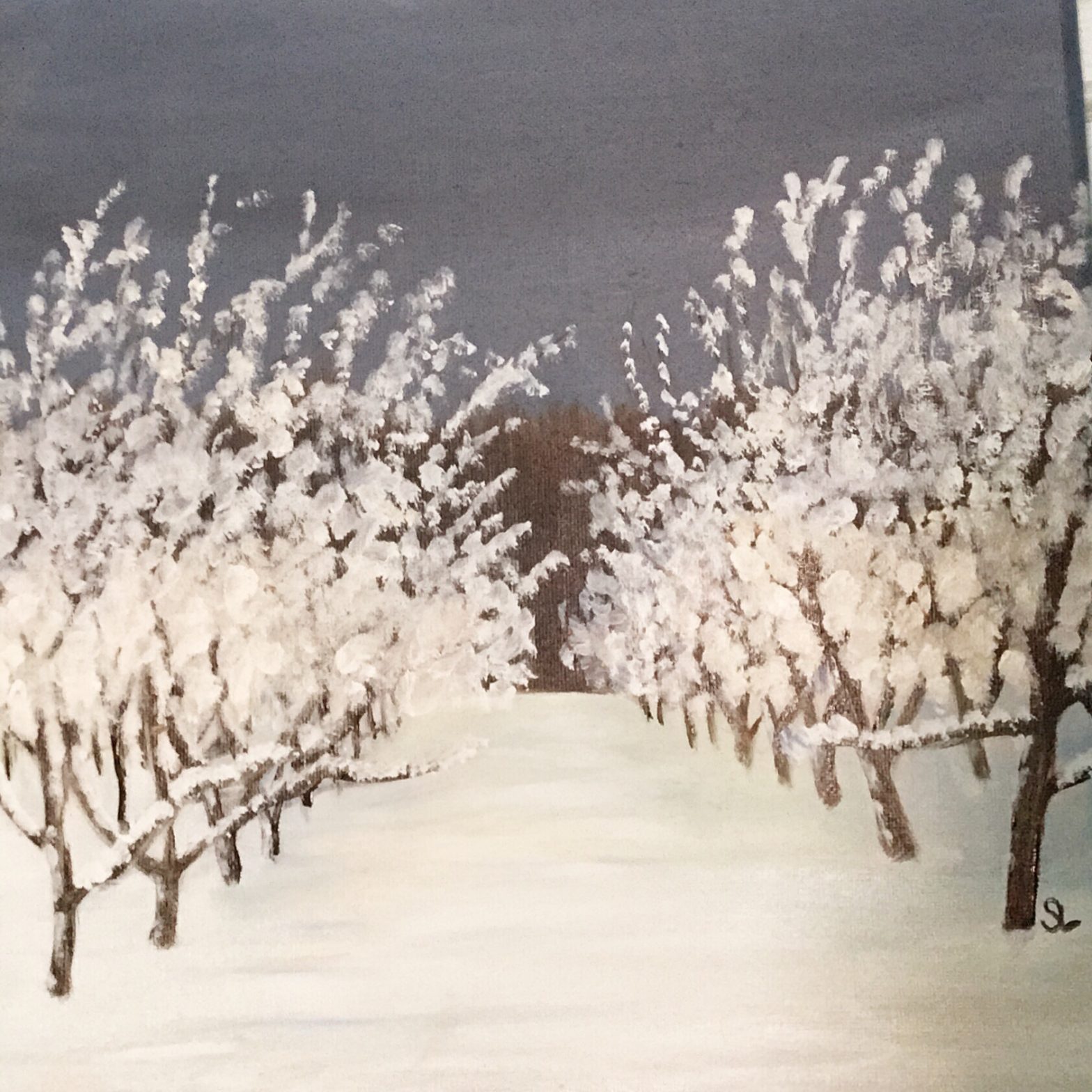Harlesden GardenHarlesden Garden
In London, I spent my first day decompressing and sketching in the garden. from Blogger http://splynch.blogspot.com/2019/06/harlesden-garden.html Related Images:
In London, I spent my first day decompressing and sketching in the garden. from Blogger http://splynch.blogspot.com/2019/06/harlesden-garden.html Related Images:
I am a big fan and follower of the urban sketchers group, but I am too much of a wuss to spend much time at it myself through the Ontario
When it is too cold to paint outside we have to make do with what we have. from Blogger http://splynch.blogspot.com/2019/04/interiors.html Related Images:
Artist Steven Reddy is a member of the Urban Sketchers group and also teaches a couple of online courses through Bluprint (aka Craftsy). I find his technique interesting but have
Her name is Marigold and her purpose in life is to torment the dog. She is also an escape artist. She has made a (cat sized) hole in the top
I haven’t been doing as much painting recently, but still drawing and sketching. Quite often it is the dog who gets to star. I really should make an effort to
12”X12″ Oil on canvas This is the last of the 12x12s I have painted over the past few weeks, and it will also be submitted to the NAC show. Although
12”X12” Oil on canvas It’s about 7:30 am, somewhere between St. Catharines and Niagara-on-the-Lake, late Summer. This is one that I think I will submit to the Small Feats show
12″X12″ Oil on canvas I seem to have spent my entire adult life living west of my place of work. This means that for about three months of the year

12″X12″ Oil on canvas Niagara is still full of fruit farms, although they are fast being replaced by vineyards. I can’t remember what sort of trees these were. In the